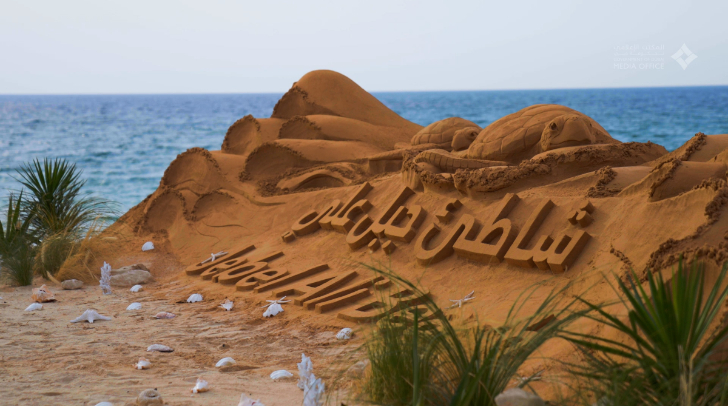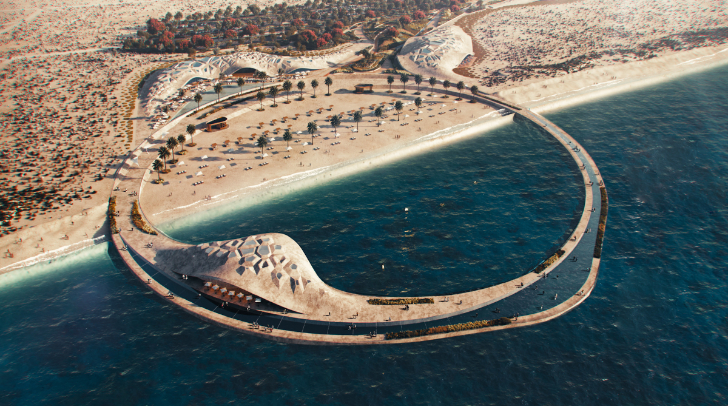His Highness Sheikh Hamdan bin Mohammed bin Rashid Al Maktoum, Crown Prince of Dubai and Chairman of Dubai Executive Council, has approved the master plan for the Jebel Ali Beach Development Project. Stretching over 6.6km, the beach is set to transform into a unique recreational destination with a strong emphasis on preserving the environment and protecting local ecosystems and wildlife.
His Highness Sheikh Hamdan also gave his approval for the architectural designs of the project’s buildings and facilities, which combine aesthetics with functionality tailored for diverse beach activities. The project includes outstanding services, facilities, and public amenities. Introducing a new eco-tourism experience, visitors can observe turtles in their natural habitat. Strict measures and regulations will safeguard turtles and ensure a secure nesting environment.
Hailed as the UAE's pioneering project of its kind, the Jebel Ali Beach Development is situated within the Jebel Ali Wildlife Sanctuary, recognised under the Ramsar Convention on Wetlands of International Importance. Here are essential details you should know about it.
- Jebel Ali Beach will be Dubai's longest public open beach, spanning 6.6km and covering 330 hectares. The plan divides the area into two sections, a 5km sandy beach developed by Nakheel and a 1.6km mangrove beach developed by Dubai Municipality.
- The design focuses on optimal site utilisation to preserve the ecosystem and enhance visitor experiences.
- Key features include a 2km swimmable beach, a 2.5km diving sports area, and a scenic walkway with viewing platforms blending into the environment. There will also be a recreational area catering to all ages with children's play zones, sports facilities, and marine activity areas.
- The beach will be connected with integrated infrastructure, including a two-lane road in each direction, parking for 1,000 vehicles, 80 bicycle racks, a cycling track, and a 5km running track.

Beach Will Be Divided Into Three Areas
The beach will be divided into three areas, the first is 'The Pearl' located on the right side near the entrance of Palm Jebel Ali. It will serve as a hub for beach and recreational activities, offering a vibrant family beach experience, sports facilities, a swimming pool, kids play areas, a beach club with pool and private beach access for a fee, several dining options including restaurants and cafes, shops, and a distinctive floating restaurant.
The second, called 'The Sanctuary', provides a refuge for turtles and natural habitats. It prioritises environmental conservation and offers recreational and sports activities that promote safe environmental exploration.
The third site, known as 'The Nest', is situated within the mangrove area and serves as an educational recreational destination. It features educational programs focused on biodiversity, initiatives for turtle rehabilitation and care, and opportunities for visitors to learn about and contribute to preserving the coastal ecosystem.
Architectural Design Of The Beach
The architectural design of the buildings and facilities at Jebel Ali Beach draws inspiration from natural shapes found in marine life, like coral and turtle shells, combined with elements of the boho style using locally available materials. The buildings are designed to blend with the natural dunescape. The project offers investment opportunities in restaurants, leisure centres, and commercial kiosks, aiming to enhance visitor comfort and satisfaction.

Jebel Ali Beach aims to attract residents, tourists, and water sports enthusiasts, becoming a premier tourism destination in Dubai.